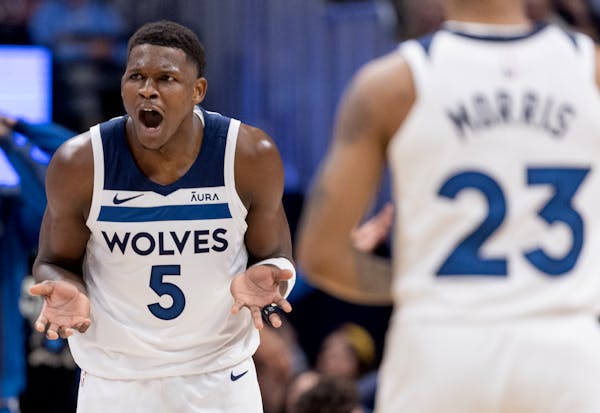LOS ANGELES – Hello Kitty turns 40 years old on Nov. 1, and to celebrate that milestone birthday the little girl born in London four decades ago is throwing a bash that's already begun and won't wrap up for six months.
An exhibit titled "Hello! Exploring the Supercute World of Hello Kitty" opened recently at the Japanese American National Museum in downtown Los Angeles and runs through April. The Hello Kitty Hungry Hunt — a kind of scavenger hunt in which fans go to different restaurants, buy special Hello Kitty menu items and collect one-of-a-kind Hello Kitty pins — also is underway.
And later this month, Hello Kitty Con, the first official Hello Kitty fan gathering held anywhere in the world, will take over a slice of L.A.'s Little Tokyo area from Oct. 30-Nov. 2, featuring everything from panels with her head designer to tattoo artists offering free permanent ink on your Hello Kitty-loving skin.
You did know that Hello Kitty is a girl, not a cat, right? It was in all the papers a few months ago. And that she lives near London with her identical twin Mimmy? Oh, the super fun, super cute things we know about Hello Kitty! Do come along, we're happy to share.
Greg Kimura, president and CEO of the Japanese American National Museum, knows that some will wonder what a museum dedicated to the Japanese-American experience is doing with an exhibit on Hello Kitty, who, after all, is a product.
"To tell that story, we have to go back a long, long time, a time 40 years ago when things that were Asian or of Japanese origin were looked [at] askance," he said.
Japanese cars hadn't taken over the United States car market. The Sony Walkman hadn't taken over American ears. Asian goods were considered cheap, even tacky. And then Hello Kitty washed ashore, a cheerful little cat — scratch that! Girl!
"It was embraced by Japanese-American girls as the first really cute, positive cultural icon that spoke to them," Kimura said. And before long, Hello Kitty wasn't just something young Asian-American girls swooned over. Everyone loved the little icon.
University of Hawaii professor Christine Yano, one of the world's foremost experts on Hello Kitty, helped curate the show which she described as "an exhibit of passion."
"It's passion for the Japanese American National Museum … in terms of bringing a larger audience to the museum," she said. "It's also an exhibit of passion for Sanrio [the company that created Hello Kitty] and fans who will be thrilled out of their minds."
As you step into the exhibit's first-floor gallery there's a large plexiglass cube inside of which is a small vinyl coin purse — the very first Hello Kitty product, released in March 1975 and sold for 220 yen, less than $1.
On the opposite wall is a photo of her Papa — Shintaro Tsuji, the founder and CEO of Sanrio, who dreamed her up in a quest to make the small gifts and trinkets his company manufactured more personable and fun.
"Hello Kitty was created to bring happiness to the world," said Janet Hsu, Sanrio president and COO, at the museum for a press preview. "Our founder's mission was to create products to inspire. He recently said, 'Hello Kitty is the messenger across the world for inspiring friendships, as well as thoughtfulness.' "
Those early trinkets, items such as pencils and notebooks, eventually spawned every kind of product one could imagine. In the exhibit you'll find items as random as curling irons and toasters, cans of motor oil and toilet paper, all of them bearing the Hello Kitty artwork.
One area displays the traditional Japanese-style merchandise, things you don't see as often in U.S. stores such as kimonos and tea sets. A topographical relief map of Japan's different prefectures is decorated with gotochi — small charms — that are specific to each location.
Other parts of the exhibits display the co-branded partnerships Hello Kitty has struck over the years, everything from the four guys in Kiss as Hello Kitty, a somewhat disturbing-looking mashup of Sesame Street Elmo's face on Hello Kitty's body, and Hello Kitty and a friend working at MacDonald's in the fast-food company's uniforms.

